A few years ago I landed my first professional photography gig: a friend was working on a professional event and had a modest photography budget for a behind-the-scenes blog-post he planned to write on the event’s musicians and voice actors. “I specifically want you to shoot it – your photos are always so intimate.” I found the comment flattering, though I’d never really thought about it before. I was just an amateur photographer trying to make my photos interesting, but intimate, this was a new idea for me. I’ve since collected some thoughts on what makes an intimate photo.
Our goal is to enable our audience to feel an emotional connection with the subject of the photograph. The key to is to capture the moment when the subject is responding emotional to the subject at hand.
Its all about human interactions
As humans, we are exceptionally good at differentiating between genuine emotions and false ones – we can tell if someone is disinterested, distracted, or dishonest based on the slightest angles of their eyes, mouth, and other facial features. When we take photographs, therefore, our goal is to capture the exact moment that a subject is responding emotionally to something in their environment. Getting a sense for when these emotional moments will occur requires us to stay extremely attuned to the context around us. If we’re taking a portrait, it may be up to us to prompt an emotional response.
Warming Up – Establishing Rapport
Remember, few things kill the emotional energy of a moment like sticking a camera is people’s faces – especially if you are a stranger! The first step toward intimacy is making sure people feel comfortable with your presence. We also need to understand the ebbs and flows of emotion that are likely to occur in the context of the event we’re shooting. I find it useful to make sure to :
- Get a badge
- Get a schedule
- Find key personalities
- Get Introduced
- Be friendly
Get a Badge
In a lot of situations, the difference between “creep with a camera” and “photographer” can easily be signaled with a badge. Often I offer to shoot events for free (just so I can get free admission to whatever is going on) but I always ask for a badge. When people see it, they instantly know why you are there, and they trust you more because you look like a professional.
Get Introduced
Whether or not you have an official “badge,” have a member of the event introduce you to key personalities. This will build your credibility with them, and help them feel more comfortable as you point the camera at them.
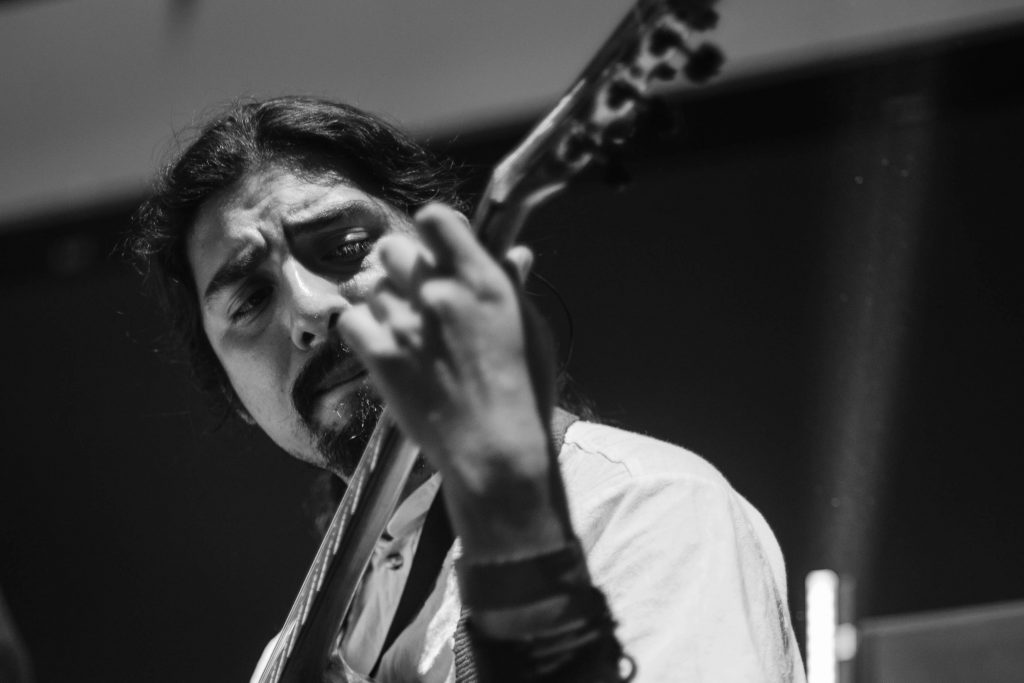
Get the Schedule
If it is an official event, ask the coordinators of the event for a schedule. If unofficial, but something you’re unfamiliar with (I’ve now, on-the fly, shot some informal birthday parties in El Salvador and the Dominican Republic), ask what normally happens at events like these. This will help you understand where you should be at certain times to capture the most emotionally charged moments.
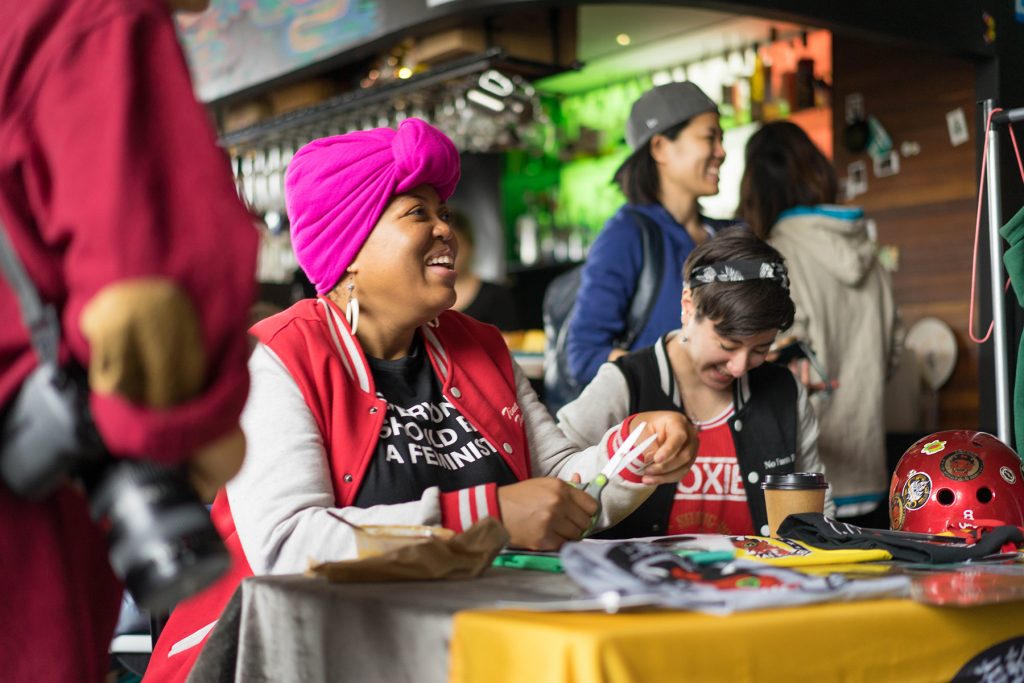
Find your key personalities
As anyone who studies networks will remind you – all nodes of a system are not created equal. Some people tend to be the center of attention with personalities that simply bring out emotion in everyone around them. Building rapport with these people up front is key: throughout the day, they will be surrounded by emotionally engaged subjects, and it the Key Personality is comfortable with you, her audience will be too.
Be Friendly
If you show a warm, friendly personality, people will be more comfortable with you hanging around. This really isn’t as hard to do as a lot of us introverts may think – remember, you’re there to do a job, you don’t need to make small talk. Tell them your name, ask for theirs, and as one or two open-ended questions about why they are at the event or what they’re excited about. Its also good to ask them what you should make sure not to miss at the even as a photographer.
Framing the shot
There are a million tutorials online that discuss framing, so I’ll just note a couple of key shots I love that are usually full of emotion.
Show the context
When a subject is responding emotionally to something in the environment, make sure to capture that as well. Like the Over the Shoulder Shot, I like to put the subject in focus and the object they are focusing on in the foreground, out of focus.
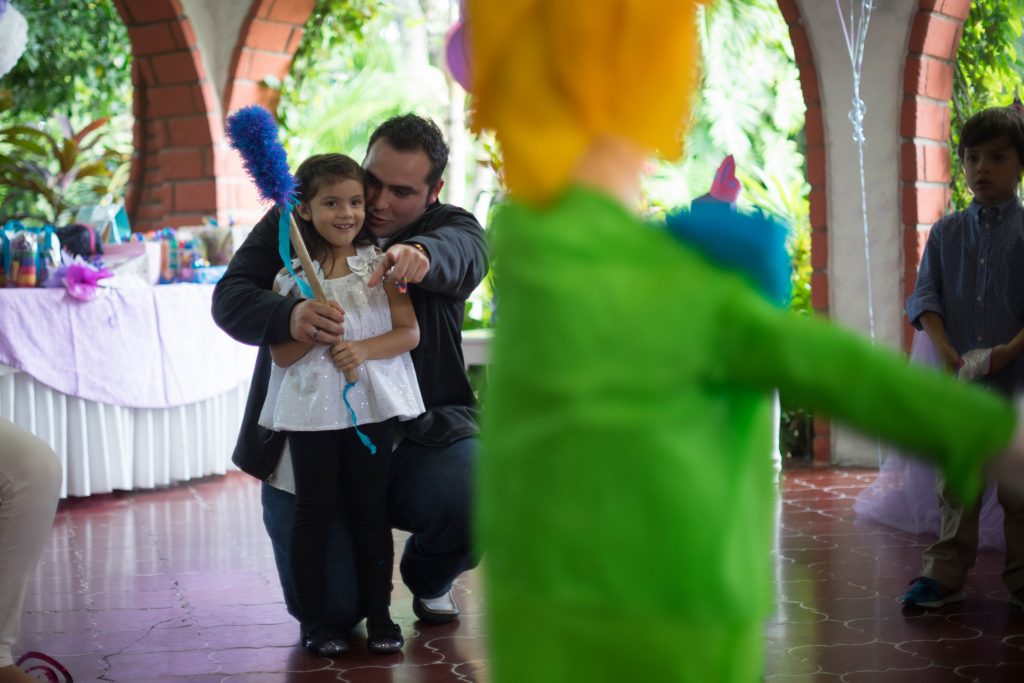
Over-the-shoulder shot
This shot really is my bread-and-butter. In this shot, you see two subjects: the main subject from the front (in focus), and the person she is talking to from behind (out of focus). It is a nice shot because you can see the subjects emotion and the source of the emotion. Make sure that the subject is making eye-contact and time the shot well (tips below).
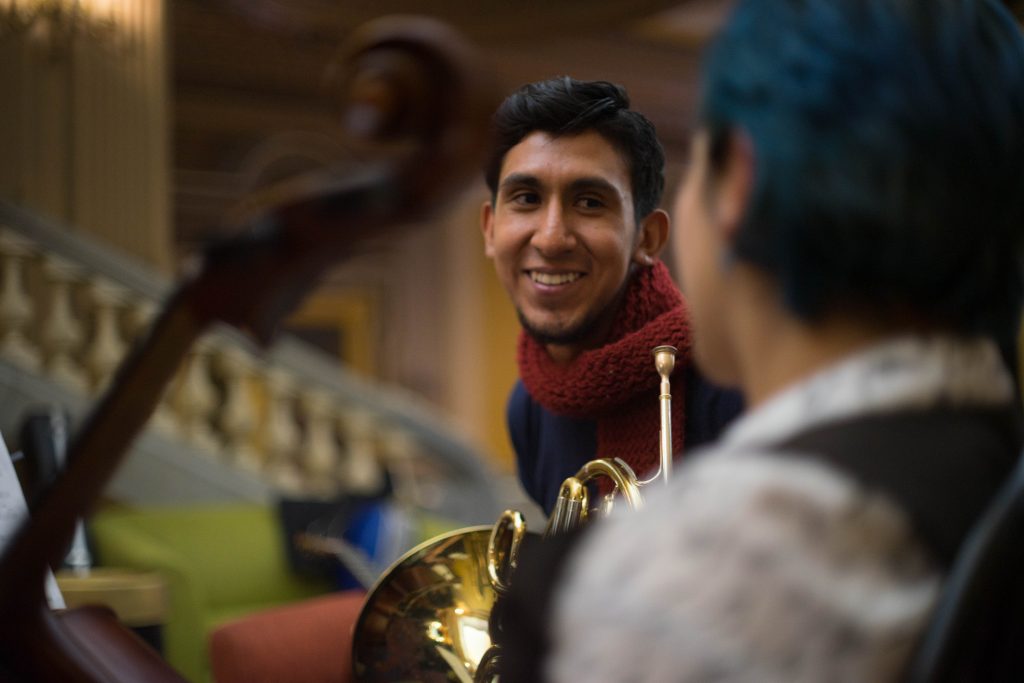
Timing the Shot
Timing is the most important thing for an intimate shot.
Wait for it
This is the hardest one. Sometimes you have to sit there with your camera aimed for an awkwardly long time waiting for the moment. It is uncomfortable, but if you’re not capturing the emotion of the moment, why capture the moment at all?
People look stupid talking
When people talk, the emotion comes from the tone and rhythm of their voice. Unfortunately, that is lost in still photography – when people’s mouths are open or when they are in the midst of a sentence, they simply look stupid in still-frame. If your subject is talking, try to listen for the rhythm of their speaking and try to time their cadences (when they find the end of a thought). That moment of pause before they start the next thought is often the moment. (Particularly after someone thinks they’ve said something profound). Often when someone feels they’ve made an important statement, they’ll smile at the end of it.
The one exception to this is when people are yelling – even though they are vocalizing at that moment, the power in their eyes often brings out an intensity that can be powerful.
Time the jokes
Many of my favorite shots aren’t of speakers but people listening to others speak. Particularly when they are listening to someone with a rich personality, their eyes are engaged and they smile at regular cadences. Listen to the conversation and listen for the energy to rise – at the moment the speaker tells the punchline, the audience will smile – this is the moment.

Use the screen (Instead of viewfinder)
I still use my viewfinder most of the time – it just feels nicer. The awkward thing about a viewfinder in the room, however, is that it is more obvious to the subject that you’re pointing a camera at them and covering your own face. At times (especially with portraits) it is most important for subjects to see your happy, care-free, comfortable face. Make eye contact with the person and give them a genuine smile – they will almost always reciprocate – that is your moment.
The screen is also nicer when you’re focused on a subject, but have to wait an awkwardly long time for them to have an emotional response. The camera feels less obvious (and threatening) when you’re not holding it up to your face, and the subject may not recognize that you’ve even got it trained on them at all.
Wrapping Up
As for any type of photography (or anything else, for that matter) the key is to learn something new, then practice it a thousand times. Shooting events is super fun, and you’ll almost never get turned down if you offer to shoot something for free.
Keep an Online Portfolio
If you want to shoot more events, make sure it is easy to share your portfolio. Often times, people will want to see it before they give you the “yes.” In the beginning, my photos weren’t very good, but they were at least enough to get me some free work (and that badge). Keep collecting better and better shots in your portfolio, and soon people will be inviting (and paying) you to come along.
Have fun!
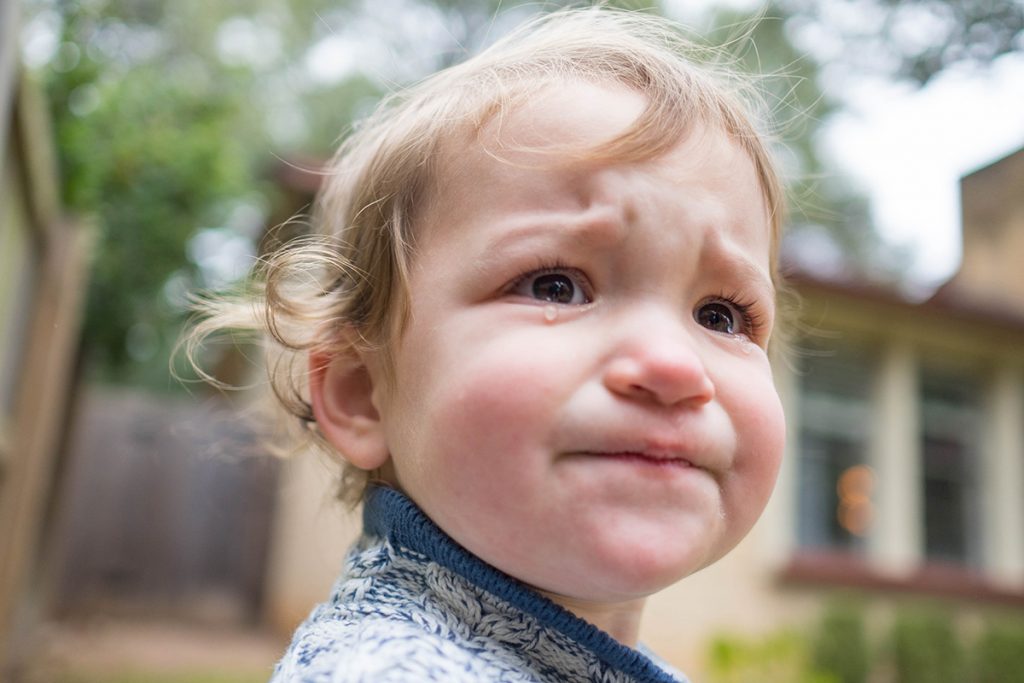
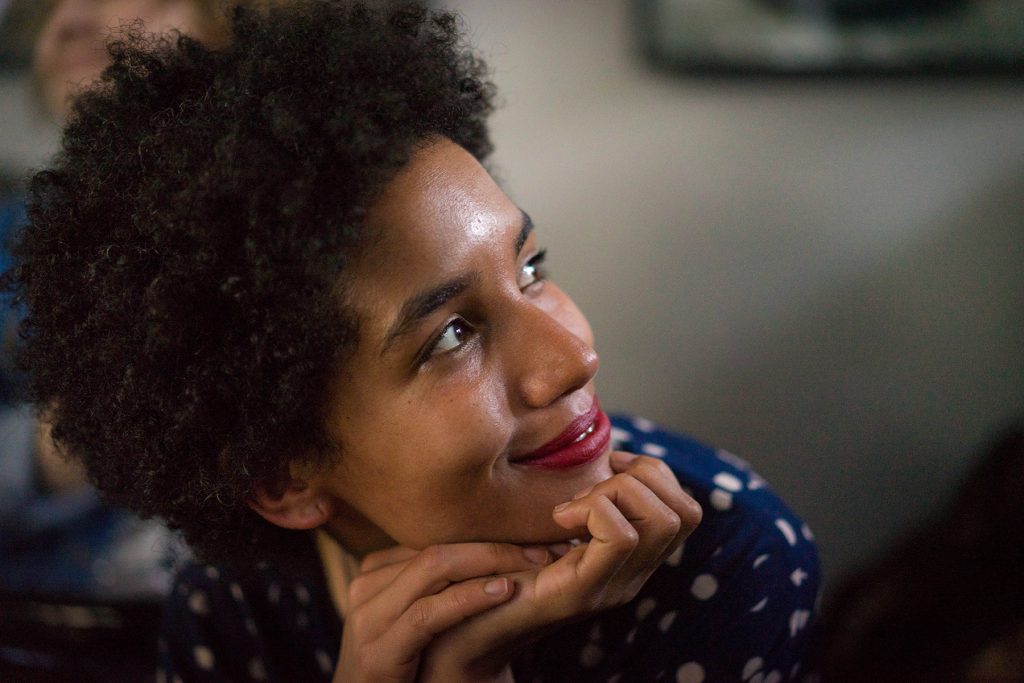
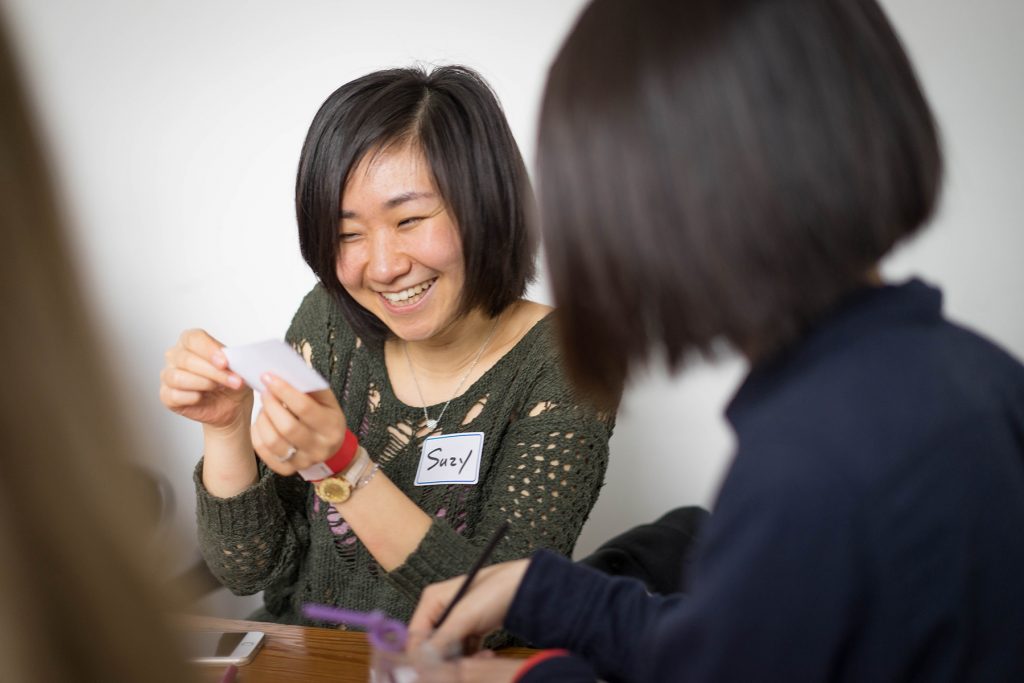
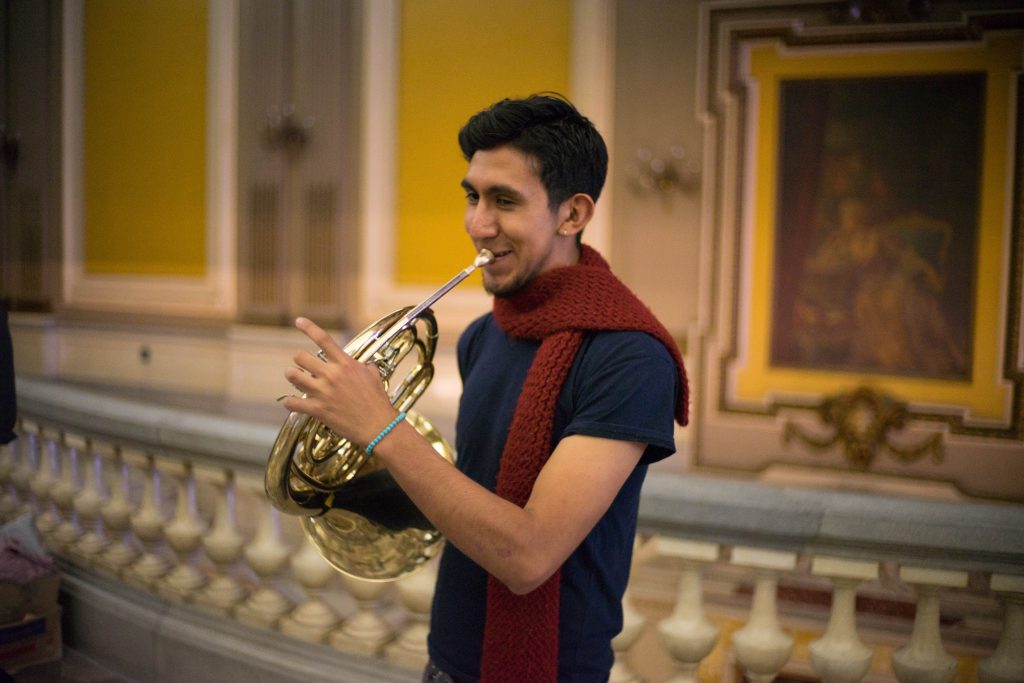
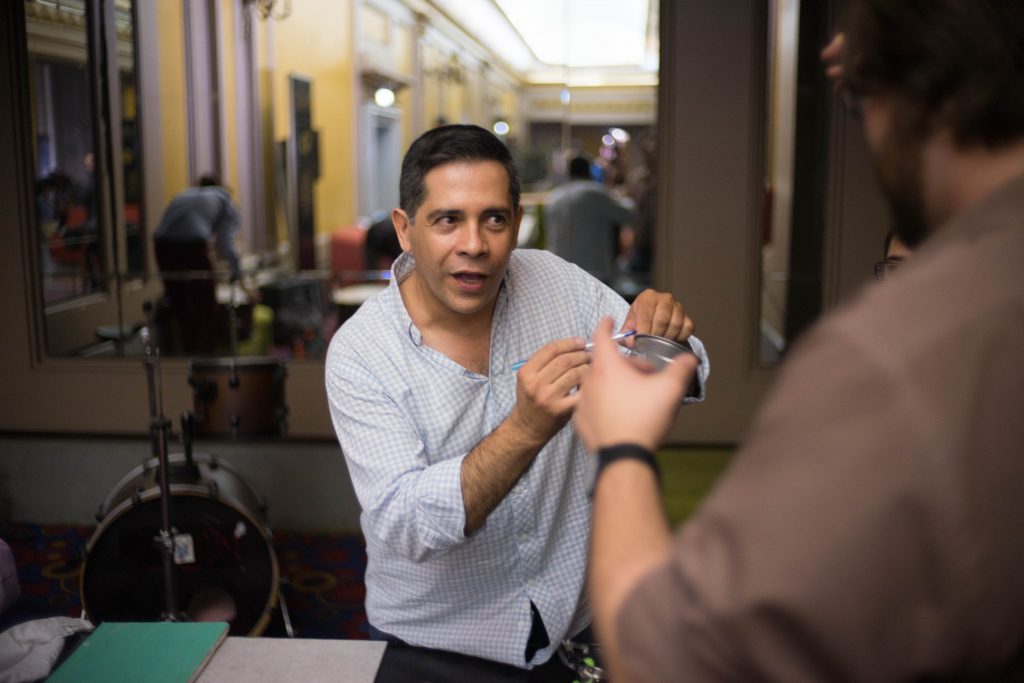
Comments are closed.